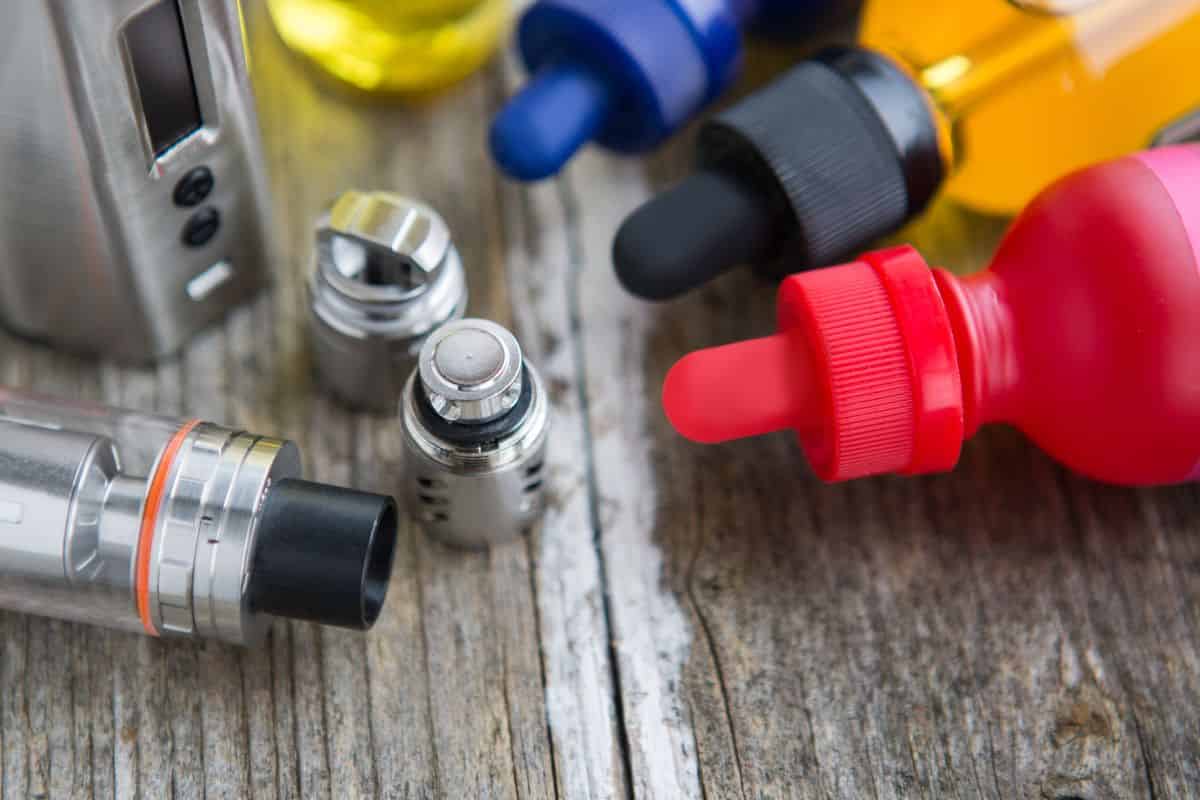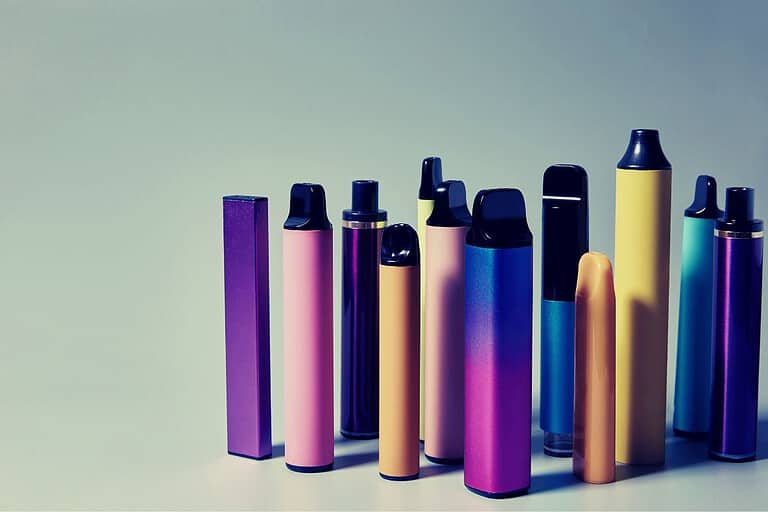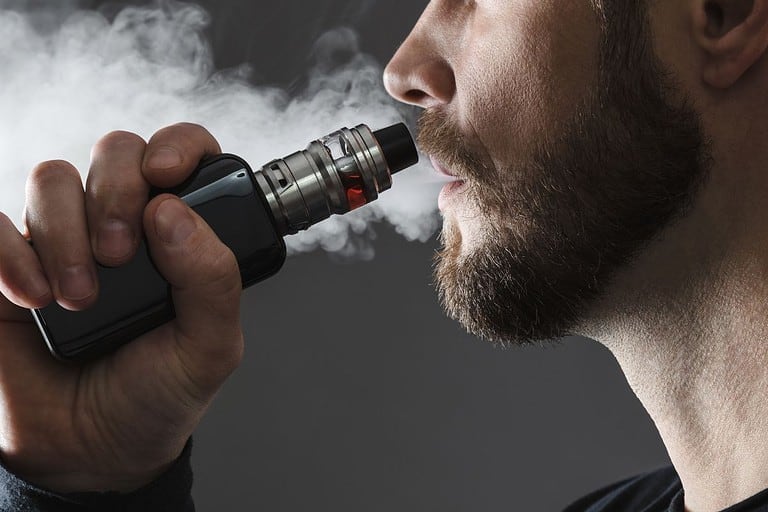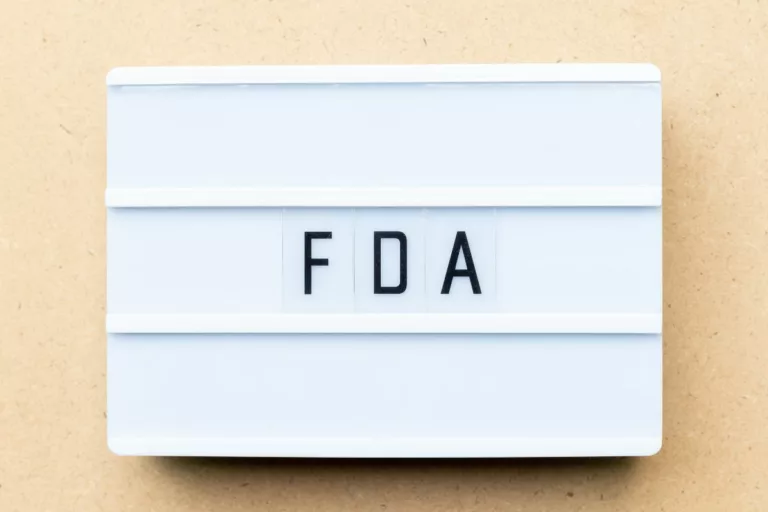Does Vape Juice Evaporate? Unveiling the Truth
Vape juice, also known as e-juice or e-liquid, is the primary substance used in electronic cigarettes and vaping devices. It typically consists of a mixture of propylene glycol, vegetable glycerin, nicotine, and various flavorings. When heated, the vape juice is transformed into an aerosol, which users then inhale. One common question that arises in the vaping community is, does vape juice evaporate?
In general, vape juice does evaporate to some extent when exposed to air, heat, or light. However, this process is relatively slow, and the rate of evaporation depends on several factors, such as the specific components of the e-liquid and the environmental conditions. It is worth noting that the evaporation of vape juice is not only affected by external factors but may also be influenced by the heating coil and power settings of the vaping device itself Electronic cigarette power affects count concentration and particle size distribution of vaping aerosol.
Table of Contents
The Basics of Vape Juice
Vape juice, commonly known as e-juice, is a liquid used in electronic cigarettes and vaping devices. It contains a mixture of ingredients such as propylene glycol (PG), vegetable glycerin (VG), food flavoring, and sometimes nicotine. The combination of these elements creates the vapor inhaled by users when using a vaping device.
Propylene glycol and vegetable glycerin are the primary base components of any vape juice. PG is a synthetic, organic compound and is known for its ability to deliver a strong throat hit when heated, making it a popular choice for vapers seeking a sensation similar to smoking a traditional cigarette. On the other hand, VG is a natural compound derived from plant oils, and it provides a smoother, thicker vapor that is gentler on the throat. Each vape juice has a specific ratio of PG to VG, with some having a higher PG content for a stronger throat hit, others higher in VG for smoother vapes, or a balanced ratio for a more well-rounded experience.
Vape juice comes in a wide range of flavors, with options from simple single-note tastes to complex blends that mimic popular foods, beverages, or even candies. Some popular examples include Delta 8 Gummies and Candy King Air Disposable Vapes. Manufacturers often create unique recipes and use food-grade flavorings to achieve a diverse variety of flavors that cater to individual preferences.
When it comes to the question of vape juice evaporating, it’s essential to understand that e-juice, like any other liquid, can evaporate when exposed to heat or direct sunlight. However, this process usually occurs much slower than, for example, water evaporation. Proper storage of vape juice, such as keeping it in a cool, dark place, can slow down the evaporation process and maintain the quality of the e-liquid.
Vaping devices deliver the heat necessary to vaporize vape juice through their coils. These coils heat up and come into contact with the e-juice, causing a change in its physical state, which transforms the liquid to vapor that users then inhale. There are various types of vaping devices available on the market, from disposable nicotine vapes to refillable cartridges like DazeD8 Tropical Zkittlez Delta 8 Cartridge, each designed to provide a unique experience for users.
In conclusion, understanding the basics of vape juice ingredients and the factors that contribute to evaporation is crucial for users and those considering vaping as an alternative to smoking. By selecting the right vape juice with the desired PG/VG ratio and flavors, users can tailor their vaping experience to their preferences. Furthermore, proper storage techniques can preserve the integrity of vape juice and prolong its shelf life.
NEW CUSTOMER DISCOUNT
Save 15%
15% OFF YOUR ENTIRE ORDER FOR NEW CUSTOMERS USE CODE WELCOME15!
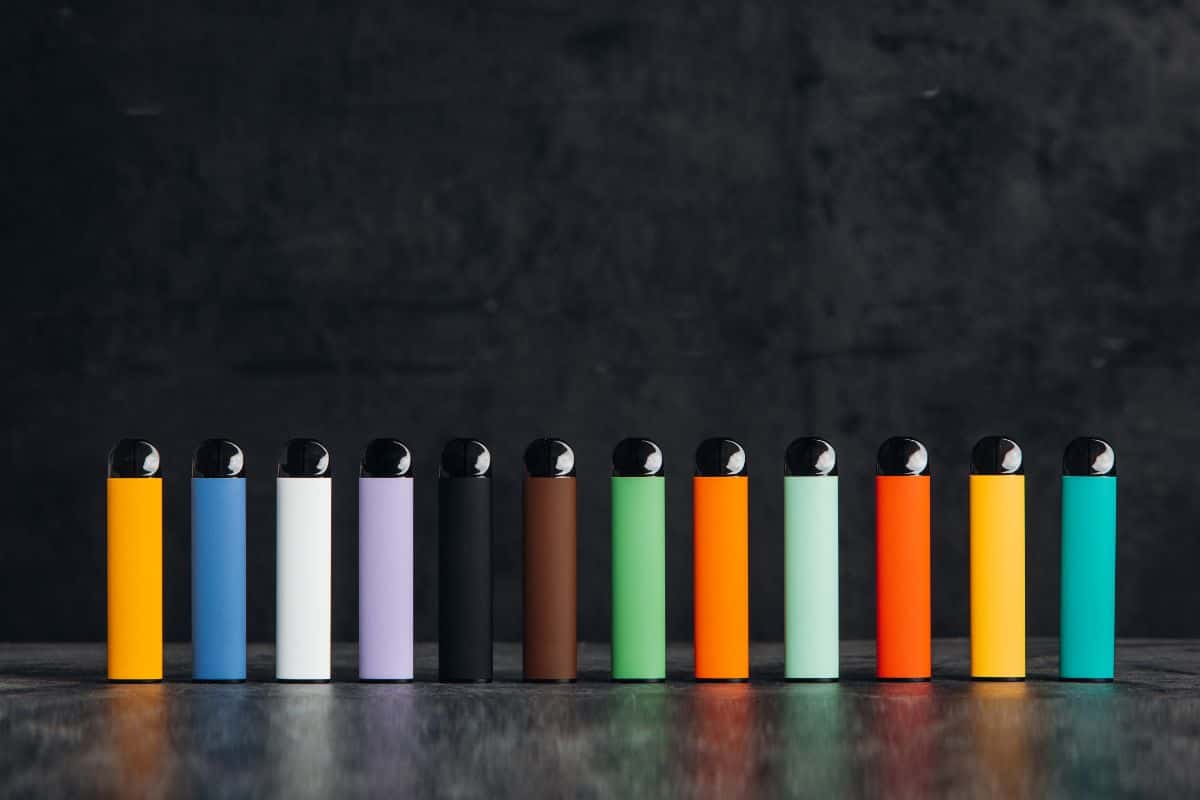
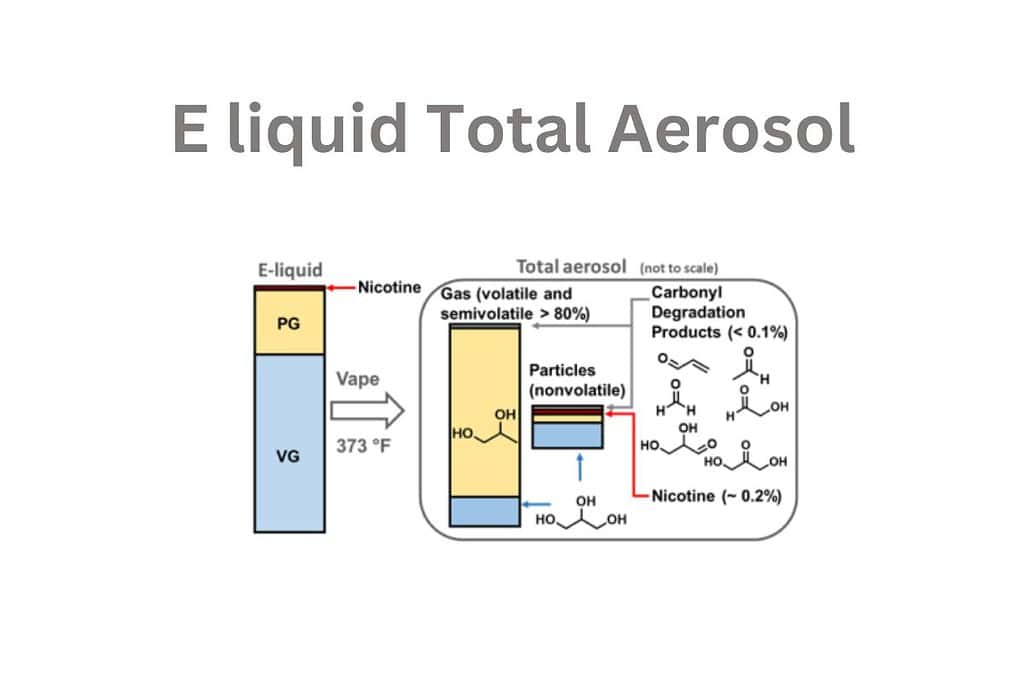
Evaporation and Its Effects
Evaporation plays a significant role in the vaping experience, as vape juice tends to evaporate over time. This natural process is influenced by various factors, including heat, light, and oxygen exposure.
Heat is a primary factor in evaporation, as an increase in temperature accelerates the process. Vape juice stored in warmer environments or exposed to direct sunlight will experience a quicker rate of evaporation compared to those kept in cooler, shaded areas. Moreover, specific components of vape juices, such as water and propylene glycol, present different evaporation rates due to their unique molecular properties.
The presence of light, particularly ultraviolet (UV) rays, contributes to the evaporation process as well. UV rays can break down the chemical bonds within vape juice, altering its consistency and causing it to evaporate more swiftly. It is essential to store vape juice bottles in dark and cool areas to minimize light exposure and delay evaporation.
Oxygen is another crucial factor in the evaporation process. When vape juice is exposed to air, its components react with oxygen, causing evaporation and potentially altering the liquid’s characteristics. To limit oxygen exposure, it is crucial to keep vape juice containers tightly sealed and consider transferring the liquid to smaller bottles as the quantity decreases.
The evaporation process can also lead to a change in color as chemical reactions occur within the e-liquid. This color change is generally harmless but can lead to a slight alteration in the vape juice’s taste or aroma. It is essential to monitor the appearance of vape juice and replace it if significant discoloration occurs.
In summary, the evaporation of vape juice is influenced by heat, light, and oxygen exposure. To minimize evaporation and maintain the quality of vape juice, it should be stored in cool, dark conditions with containers tightly sealed. By understanding the effects of evaporation, vapers can take appropriate precautions to preserve their e-liquids and enhance their overall vaping experience.
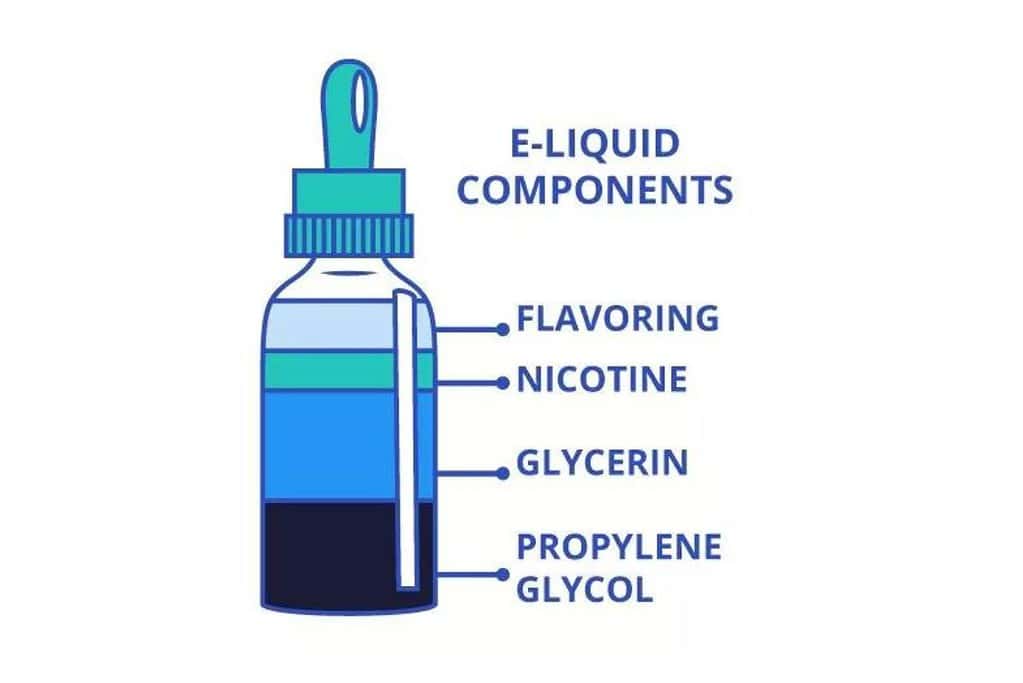
Understanding the Chemical Composition
Vape juice, or e-liquid, is a key component in electronic cigarettes and vaping devices. To understand how its evaporation process works, it’s important to first grasp the chemical composition of vape juice. The primary ingredients include propylene glycol (PG), vegetable glycerin (VG), nicotine, and various flavorings. Both PG and VG are considered generally safe for consumption and serve as carriers for nicotine and flavorings in e-liquids.
- Propylene Glycol (PG) is a colorless, odorless, and slightly viscous liquid. It is a hygroscopic substance, which means it attracts and holds water molecules. In e-liquids, PG serves as a thinner, giving a more pronounced throat hit when inhaling. Higher PG ratios are generally preferred by those who want a more powerful throat sensation and stronger flavors.
- Vegetable Glycerin (VG) is a clear, slightly sweet, and viscous liquid derived from plant oils, such as soybean or palm oil. VG is responsible for producing the visible vapor clouds when exhaling. Higher VG ratios in e-liquids create a smoother, softer throat hit and thicker vapor clouds. Some users prefer high VG ratios for a more gentle vaping experience.
- Nicotine is an addictive substance found in tobacco plants. In e-liquids, nicotine levels can vary based on the user’s preference. It is important to note that while nicotine is addictive, it is not considered a carcinogen. The danger associated with nicotine consumption mainly comes from its addictive properties, which can lead to dependence and long-term use.
- Flavorings are added to e-liquids to provide a variety of tastes and smells, enhancing the overall vaping experience. While most flavorings are considered safe for consumption, some may contain potentially harmful chemicals. For example, diacetyl is a chemical often used in buttery or creamy flavors but has been linked to a lung disease called “popcorn lung” when inhaled over prolonged periods.
It’s important to remember that not all e-liquids are created equal. Some might contain toxic or carcinogenic substances, depending on the manufacturer and the flavorings they use. To minimize risks, it’s best to use well-reputed and rigorously tested vape juices.
Throughout the vaping process, e-liquid goes through evaporation and aerosolization, creating the vapor that the user inhales. Understanding the chemical composition of vape juice is essential for ensuring a safe and enjoyable vaping experience.
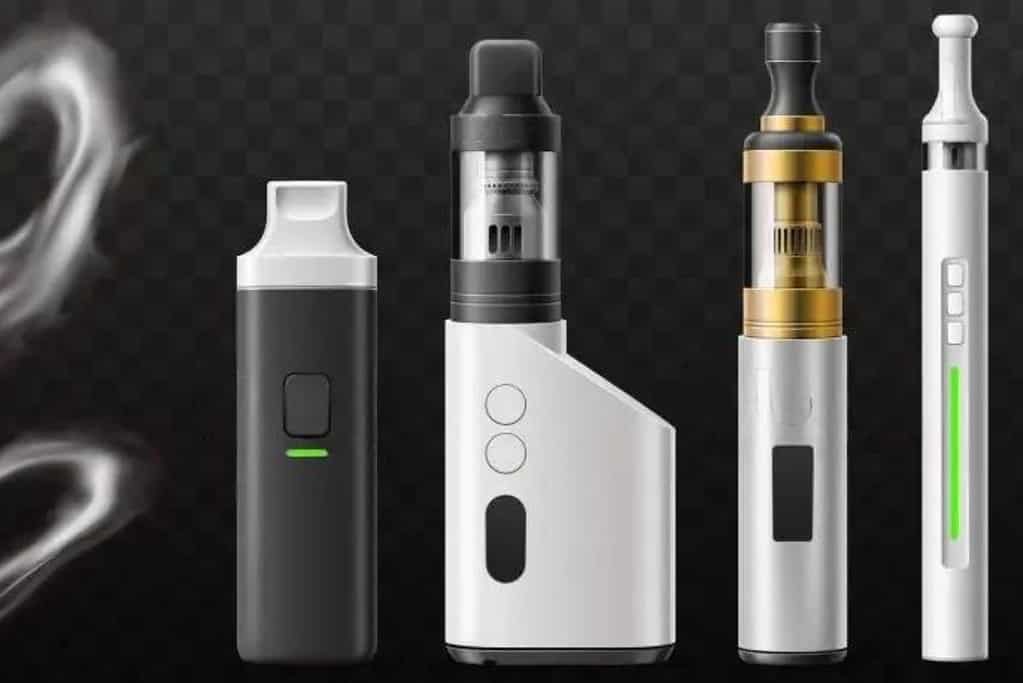
Vaping Devices and Their Roles
Vaping devices come in various shapes, sizes, and functionalities. They typically consist of a mod (the main body of the device), a tank or cartridge to hold the e-liquid, and a battery to power the device. Vape mods are the core part of the vaping device, housing the battery and chipset, which regulates the device’s performance. These mods can vary in design and functionality, from basic pen-style devices to more advanced Vape Mods for Sale Online with precision temperature control and variable voltage or wattage.
Vape pens and pod systems are popular choices for beginners due to their simplicity and ease of use. Vape pens are slim, lightweight devices with a straightforward operation, while pod systems often feature small, refillable pods that are easy to replace. Both types of devices are designed for easy portability and convenience.
More advanced vaping devices include specialized vaporizers like the Yocan Evolve Plus Vaporizer, made for wax concentrates. Such devices may also have additional features, like preheating functions, found in the Yocan UNI Pro Universal Box Mod Kit.
Vape tanks and cartridges hold the e-liquid and are essential components in both e-cigarettes and vaporizers. Tanks, found in more advanced devices, can be easily refilled and often featured adjustable airflow, while cartridges, designed for simplicity, are pre-filled and disposable. Both systems work by heating the e-liquid to produce vapor, which users then inhale.
Battery performance is a crucial aspect of any vaping device, and vape batteries can vary in capacity and output, depending on the specific device. It’s essential to choose the right battery for a particular device to ensure proper functionality and safe usage.
In conclusion, vaping devices are as diverse as the people who use them, and understanding the different components and their roles is necessary to find the right device for individual needs.
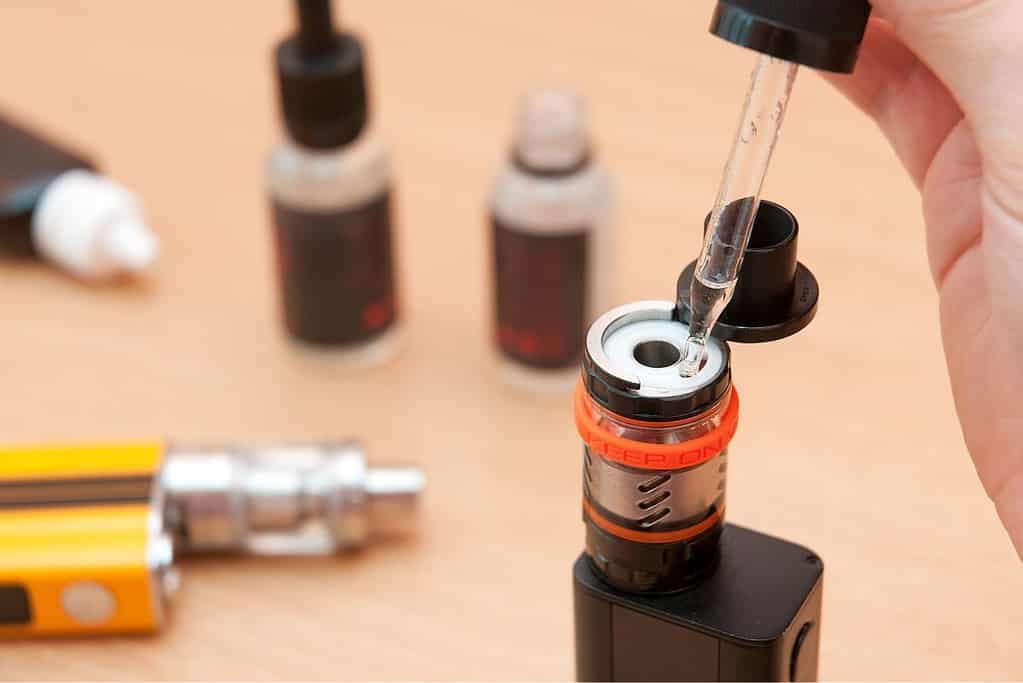
Problems Associated with Vape Juice Evaporation
One of the issues that can arise due to vape juice evaporation is waste. As vape juice evaporates, valuable e-liquid is lost, leaving users with less product than they initially purchased. This issue can be frustrating for customers and manufacturers alike, as it affects the overall vaping experience.
Another problem associated with vape juice evaporation is the potential for diminished flavoring. As the e-liquid evaporates, the concentration of flavor compounds can decrease, leading to a less enjoyable vaping experience. The flavorful taste is one of the main draws of products like Hyde Rebel Pro 5000 Disposable Vape and Elf Bar Airo Max 5000 Disposable Vapes, so maintaining the flavor profile is essential.
To prevent evaporation, it is crucial to ensure that vape juice containers and atomizers are properly sealed. A poorly sealed container or atomizer can permit evaporation and compromise the quality of the vape juice. This issue can be especially prominent in disposable vapes, such as the Wavetec Wave 8000 Puffs Disposable Vape and SMOK Novo Bar AL6000 Disposable Vape.
Manufacturers must also consider the stability of their product during storage and transportation. Ensuring that containers are adequately sealed and resistant to temperature fluctuations and light exposure can help mitigate problems related to evaporation. Investing in high-quality packaging can save both customers and manufacturers from dealing with the hassle of wasted or compromised vape juice.
Overall, addressing issues associated with vape juice evaporation is essential for maintaining a satisfying vaping experience and preventing waste. Sealing containers properly, paying attention to packaging design, and selecting high-quality materials can all contribute to minimizing evaporation and maximizing customer satisfaction with products like the Mr Fog Switch SW5500 Disposables.
Prevention and Preservation Tips
- Proper storage of vape juice can help prevent evaporation and preserve its quality. One of the key prevention tips is to store the e-liquid in a cool, dark place, away from direct sunlight or high heat. Exposure to heat can speed up the aging process of the vape juice, causing it to lose its potency, flavor, and potentially evaporate faster.
- If you’re sensitive to swallowing the aerosol or trying to quit smoking using e-cigarettes, it’s important to ensure the quality and effectiveness of your vape juice are maintained. Storing it in a stable environment will contribute to a more consistent vaping experience, reducing any irritation and assisting in your quitting journey.
- Natural ingredients in vape juice can be adversely affected by heat and sunlight, which may also lead to evaporation. Hence, keeping the e-liquid in a cool and dark place is essential for its longevity. Additionally, be mindful of potential candy or sweeteners as additives in the vape juice, as they may contribute to degradation and evaporation if not stored properly.
- A pre-heating technique is used by some vapers to ensure a smooth and optimal vaping experience. Following a step-by-step guide on how to preheat a vape cart might help in reducing the risk of vape juice evaporation while using your e-cigarette device.
In summary, taking preventive measures such as proper storage, temperature control, and maintenance of your vape juice and equipment can help in preserving the e-liquid and minimizing evaporation. Employing these techniques will allow you to get the most out of your vaping experience and support your journey toward quitting smoking.
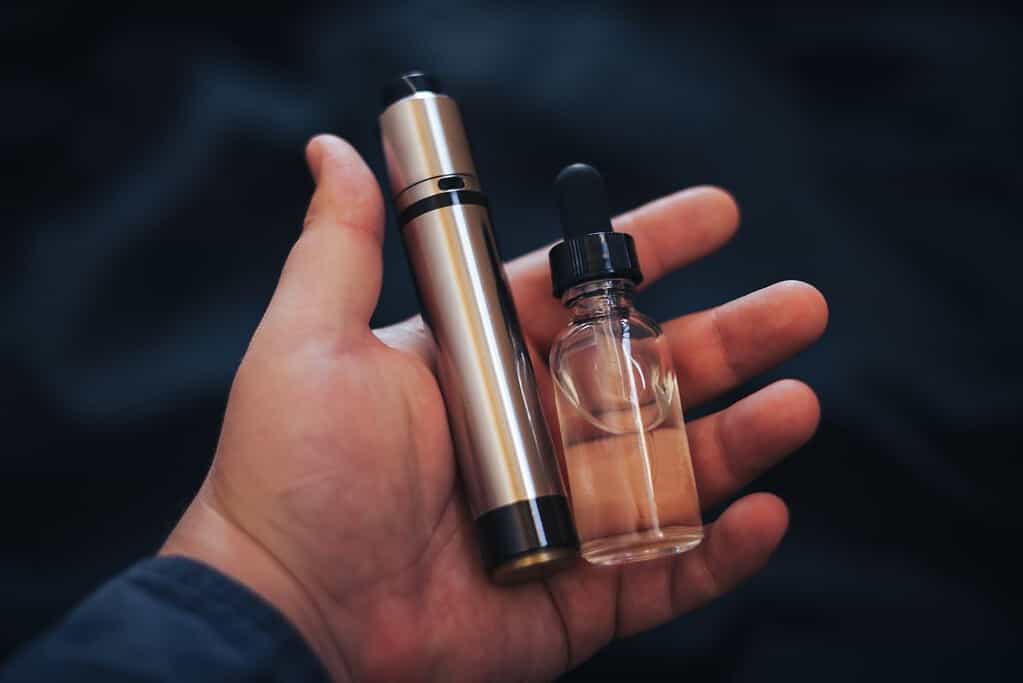
Other Considerations
When discussing the evaporation of vape juice, it is essential to consider various factors that may influence the process, such as the presence of fruit flavors, aging, and the inclusion of THC or vitamin E acetate.
In vape juices containing fruit flavors, the natural sugars in fruits might affect the evaporation rate. It is worth noting that different fruit flavors may have distinct impacts on the evaporation process due to varying sugar, water, and chemical component content. Additionally, as vape juice ages, its composition may change, affecting its evaporation rate. Over time, the nicotine and flavorings in the e-liquid can degrade, leading to a change in the liquid’s viscosity and potentially altering the rate at which it evaporates.
Another crucial aspect to consider is the presence of THC in certain vape juices. THC, the psychoactive compound found in cannabis, has a different evaporation point than regular e-liquids, which may impact the evaporation rate when combined with other ingredients. It is essential to be aware of the potential health risks associated with THC-containing vape juices, as well as the legal implications in certain jurisdictions.
Regarding health concerns, the EVALI (E-cigarette or Vaping product use-Associated Lung Injury) outbreak in 2019 has raised significant concerns about the safety of vaping. One of the primary culprits implicated in EVALI cases was vitamin E acetate, a thickening agent sometimes added to THC-containing vape products. Vitamin E acetate may interfere with the evaporation process and, when inhaled, has been associated with serious lung injuries. Consequently, it is crucial to avoid vape juices containing vitamin E acetate.
It is also necessary to mention that vaping is often seen as an alternative to smoking cigarettes. While initial studies suggest that vaping may be less harmful than smoking cigarettes, the long-term health effects of vaping are still uncertain. As the evaporation process is intricately linked to the user’s inhalation and overall vaping experience, it is essential to stay informed about the potential health implications of vaping and choose vape juices wisely.
In conclusion, understanding the evaporation of vape juice involves considering numerous factors, including fruit flavors, aging, THC, vitamin E acetate, and the comparison with smoking cigarettes. It is essential to remain informed about these considerations to make informed choices about vaping and maintain optimal safety.
Browse popular vape collections:
- Nicotine Disposables
- 2000 Puff Nicotine Disposable Vapes
- 2500 Puff Nicotine Disposable Vapes
- 5000 Puff Nicotine Disposable Vapes
- 6000 Puff Disposable Nicotine Vapes
- 7000 Puff Nicotine Disposable Vapes
- Disposable Vape Deals
- Best Vape Brands
- 8000 Puff Nicotine Disposable Vapes
- 9000 Puff Nicotine Disposable Vapes
- 5% Nicotine Disposable Vapes
- Rechargeable Nicotine Disposable Vapes
- Vape Coils
- Dab Wax Pens
- Dab Wax Pen Battery
- Yocan Vapes
- Vape Cases
Frequently Asked Questions
Does vape juice evaporate over time?
Yes, vape juice can evaporate over time. This is because vape juice consists of a mixture of propylene glycol, vegetable glycerin, nicotine, and flavorings, which are all volatile and can change from liquid to vapor state. Factors such as heat, exposure to air, or lack of proper storage can accelerate the evaporation process.
How can I prevent vape juice evaporation?
To prevent vape juice evaporation, it’s important to store your vape juice in a cool, dark place away from direct sunlight. Additionally, ensure that the bottles or containers are tightly sealed to limit air exposure. Properly storing your vape juice will help maintain its flavor and quality.
Is leaving juice in the vape harmful?
Leaving vape juice in your vaping device for an extended period can cause issues with your oral health. Over time, the juice can become stale, leading to a degraded vaping experience and potentially harming the device itself. It’s advisable to remove any excess vape juice from your device if you don’t plan on using it for a while.
Can heat affect the quality of vape juice?
Heat can indeed affect the quality of vape juice. Higher temperatures can cause the vape juice to become thinner, leading to increased leakage and potential damage to your device. Furthermore, exposure to heat can alter the flavor of your vape juice and lessen its overall quality.
How long does it take for vape juice to evaporate?
The time it takes for vape juice to evaporate depends on factors such as temperature, air exposure, and storage conditions. While there isn’t a specific timeline, it’s best to monitor your vape juice levels regularly and ensure proper storage to maintain its quality for as long as possible.
Do different types of vape juice evaporate at different rates?
Yes, different types of vape juice can evaporate at varying rates. For example, vape juices with a higher propylene glycol (PG) content may evaporate faster compared to those with a higher vegetable glycerin (VG) content. This is due to the different compositions and vaporization properties of their ingredients. Make sure to learn about the properties of the specific vape juice you’re using for optimal storage and use.

